The metal sorting industry is heavily dependent on metal identification methods, including LIBS to sort metal. Metals, such as Aluminum 1100 and Aluminum 6063, can be difficult to identify without LIBS.
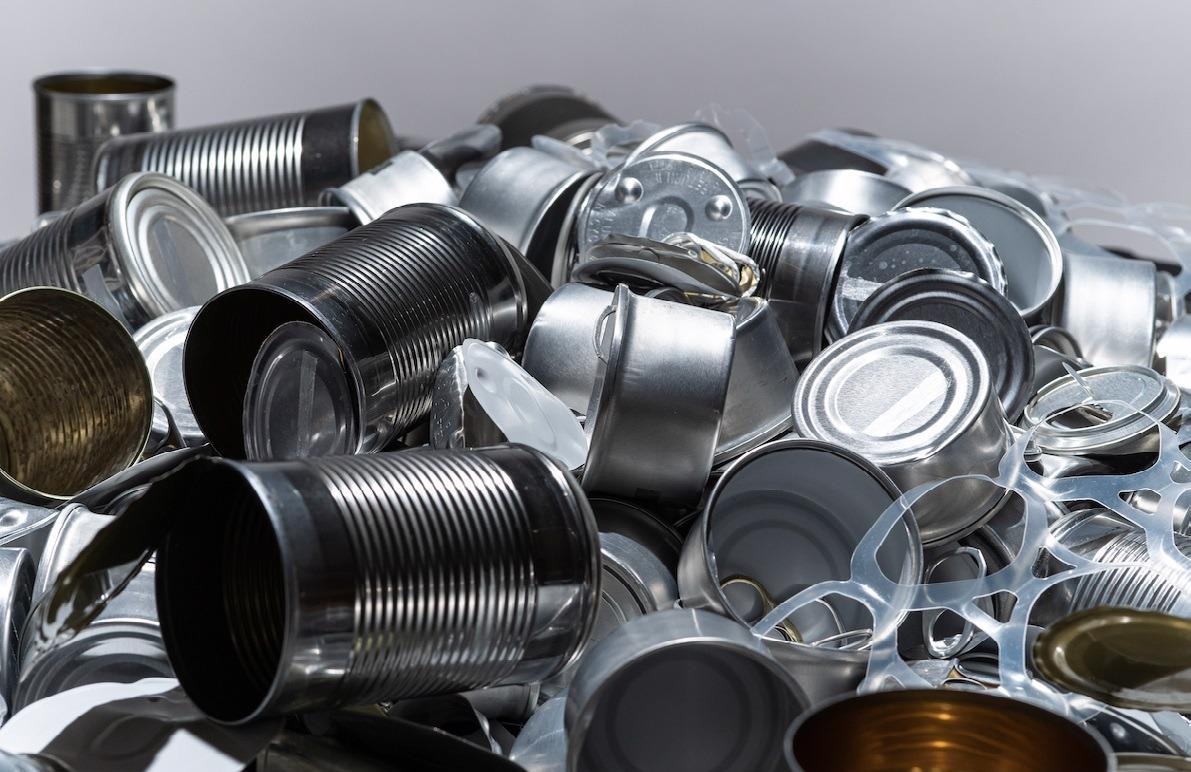
Image Credit: Avantes BV
In this study, several types of metals were tested for identification based on their spectral lines. Laser Induced Breakdown Spectroscopy (LIBS) is a type of atomic emission spectroscopy which utilizes an extremely energetic laser pulse as the excitation source.
Focusing the lazer atomizes and excites samples and forms a plasma. The formation of plasma is initiated when the laser achieves a specific threshold for optical breakdown. As all elements emit light of characteristic frequencies when exposed to high temperatures, this technique can be applied to any state of matter.
System Description
The assembly for this experiment combines the Falcon Laser, courtesy of Lumibird, and the Avantes AvaSpec-Mini spectrometer into a single, compact package. The spectrometer is fixed directly onto the laser, with a short fiber attached to the Mini, with the receiving end aligned with the focal point of the laser to receive LIBS spectra.
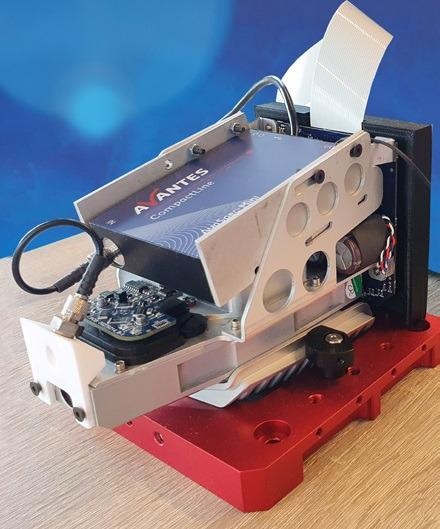
Figure 1. Portable LIBS Test Kit. Image Credit: Avantes BV
The AvaSpec-Mini utilized for this study has been optimized for the UV range. The next-generation AvaSpec-Mini MK-II series (AvaSpec-Mini2048CL and AvaSpecMini4096CL) is one of the most compact types of spectrometers available today.
In scenarios where size matters, the AvaSpec CompactLine family can offer spectrometers with the smallest footprint and form factor.
This facilitates the simple integration of Avantes’ spectrometers into machines and handheld devices. Reducing the size barely compromises the instrument’s performance, but the customer may be limited by the number of possible configurations. Customization is feasible as and when sufficient volumes are needed.
The CompactLine is particularly well-suited for system integrators (OEM) who want to incorporate a spectrometer into their own devices. The AvaSpec-Mini-CL series can be fitted with a 2048 pixel CMOS detector or Avantes’ first-to-the-market 4096-pixel array.
The CMOS possesses unparalleled high-speed, enhanced native UV/NIR response with an exceptional resolution of up to 0.09 nm. The low stray light design enables stray light levels from as low as 0.2 %, and the rapid response time exhibits data transfer speeds as fast as 4.6 ms/scan and integration times that range from 30 µs to 50 seconds.
From Lumibird, the Falcon laser series was assembled to be robust enough to survive almost any application, such as unpredictable environments where temperature and vibration would ruin most commercial lasers. A proprietary design, the Falcon offers eye-safe wavelengths in a compact yet rugged package.
Developed for battery operation in mobile and handheld applications, this DPSS Nd:YAG laser features maintenance-free operation for years of heavy use.
Metal Identification Methodology
The spectrometer was mounted to the laser for the purpose of this study. Employing serial commands, the laser was excited. Once the laser started firing, data was gathered via the LIBS module in AvaSoft software.
The LIBS module facilitates user configuration across a number of settings, such as the capacity to sync the spectrometer scans with the laser pulses.
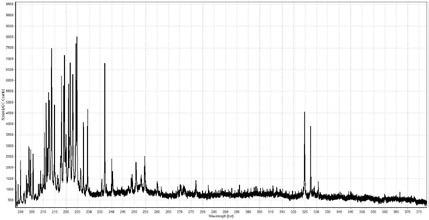
Figure 2. Collected LIBS spectrum of Copper. Image Credit: Avantes BV
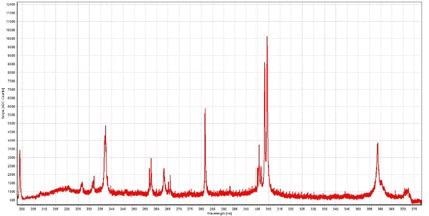
Figure 3. Collected LIBS spectra of AL 1100. Image Credit: Avantes BV
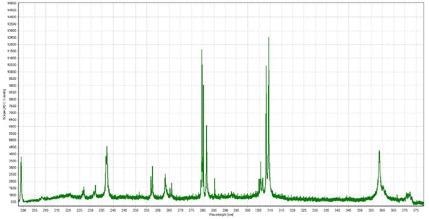
Figure 4. Collected LIBS spectra of AL 6063. Image Credit: Avantes BV
Aluminum Identification Analysis
Comparing the data acquitted via a known LIBS database, these samples are emitting spectra as anticipated. One of the determining traits of differentiating AL 1100 and AL 6063 is pinpointing the magnesium peak, which is not possible using x-ray methods of identification.
These magnesium peaks may be found between 279 nm and 280 nm in AL 6063, but not AL 1100. As the following image shows, these peaks do appear when comparing Avantes’ AL 1100 and AL 6063 spectra.
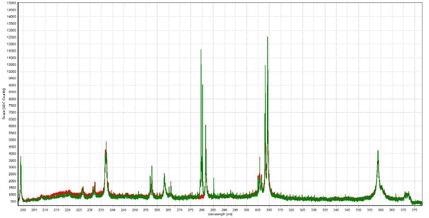
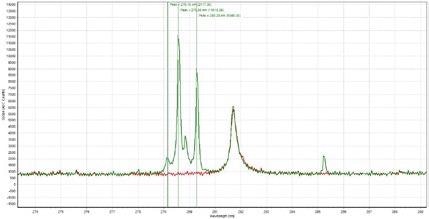
Figure 5 & 6. Comparison of the AL 1100 and AL 6063 samples. Image Credit: Avantes BV
Conclusion
When combined with the Falcon Laser, The AvaSpec-Mini offers an exceptional package for handheld LIBS applications, with the capacity to acquire extremely accurate and reliable data.
For a demonstration or to have your samples tested to determine how the setup can benefit your LIBS applications, please contact the Avantes offices or subsidiaries in your region...

 Download the full application note here
Download the full application note here
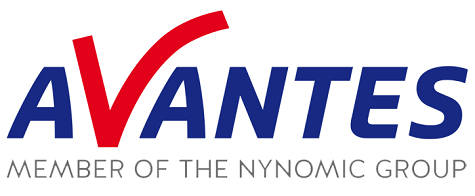
This information has been sourced, reviewed and adapted from materials provided by Avantes BV.
For more information on this source, please visit Avantes BV.